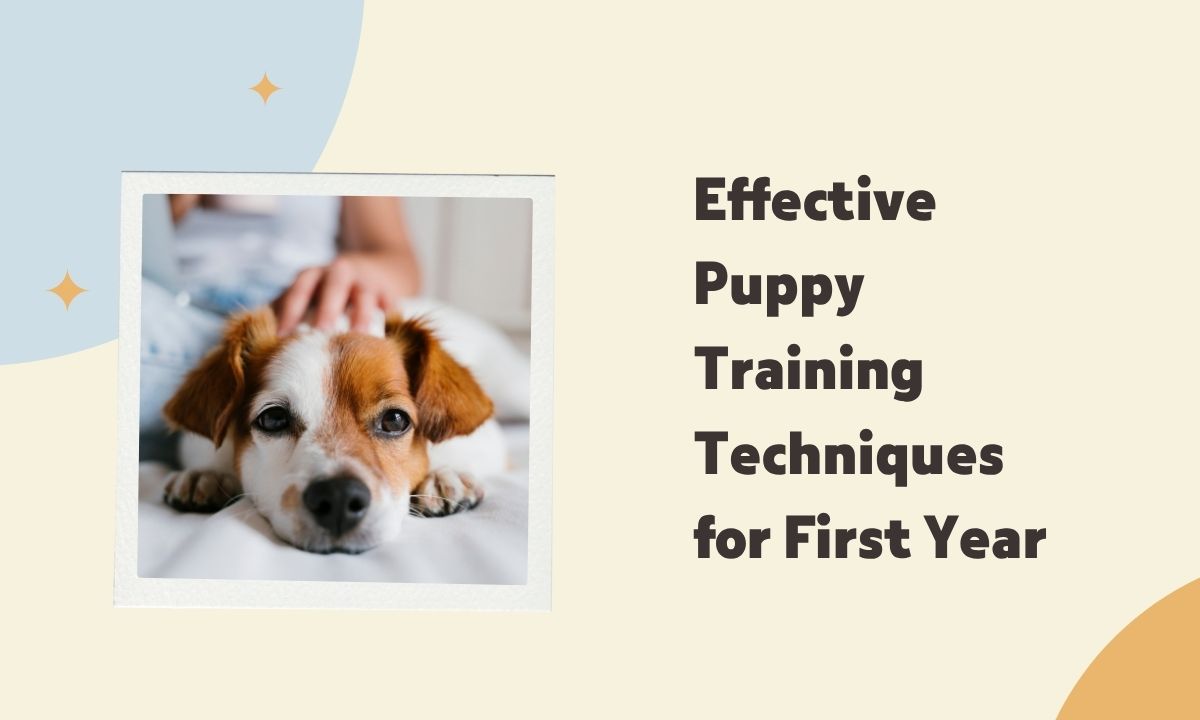Bringing a puppy into your home is a joyous experience, but it also comes with the responsibility of teaching them how to behave appropriately. The first year of a puppy’s life is a critical period for learning, and the training techniques you employ during this time can shape their personality and obedience for years to come. Effective puppy training focuses on consistency, positive reinforcement, and structured routines to ensure that your dog grows into a disciplined, confident, and well-behaved adult.
Understanding Your Puppy’s Development
Before beginning training, it is essential to understand your puppy’s developmental stages. Puppies go through rapid mental and physical growth during their first year. During the first few months, they are highly impressionable and receptive to new experiences, making it the ideal time to teach fundamental behaviors. Recognizing when your puppy is ready for specific commands or socialization experiences allows you to tailor your training approach and ensure that each lesson is effective and enjoyable.
Building a Strong Bond with Positive Reinforcement
A strong bond between you and your puppy is the foundation of effective training. Positive reinforcement is one of the most powerful techniques for encouraging desirable behavior. Rewarding your puppy with treats, praise, or playtime for following commands reinforces the connection between obedience and positive outcomes. This approach fosters trust, encourages learning, and prevents fear-based behavior, creating an environment where your puppy is motivated to listen and respond.
Early Socialization for Confidence
Socialization is a crucial element of puppy training in the first year. Introducing your puppy to a variety of people, other animals, environments, and sounds helps build confidence and reduces the likelihood of fear or aggression. Controlled exposure ensures that your puppy associates new experiences with positive outcomes. Supervised playdates, visits to different locations, and exposure to everyday household noises all contribute to a well-rounded, adaptable, and friendly adult dog capable of handling diverse situations.
Crate Training and Housebreaking
Crate training is an effective technique for teaching independence, self-control, and creating a safe space for your puppy. Introduce the crate gradually, pairing it with comfort items and positive reinforcement. Housebreaking should also be integrated into your training routine from the beginning. Consistency in bathroom schedules, combined with praise for eliminating in the proper area, reinforces routine and discipline. Together, crate training and housebreaking provide structure, security, and help instill good habits that carry into adulthood.
Teaching Basic Commands
During the first few months, teaching basic commands such as “sit,” “come,” “stay,” and “down” is essential. Short, frequent training sessions are most effective since puppies have limited attention spans. Consistency and repetition, combined with positive reinforcement, help your puppy associate specific actions with rewards. Mastering these foundational commands not only establishes obedience but also prepares your puppy for more advanced training and enhances their ability to interact politely with people and other animals.
Leash Training and Controlled Play
Leash training is another important technique during the first year. Teaching your puppy to walk calmly on a leash prevents pulling, promotes discipline, and ensures safe outdoor experiences. Controlled play sessions provide an outlet for energy while reinforcing impulse control and obedience. Structured play helps puppies understand boundaries, enhances their focus, and builds a strong bond with their owner. Together, leash training and playtime contribute to a balanced, well-behaved, and confident puppy.
Advanced Commands and Impulse Control
As your puppy grows, it is time to introduce advanced commands like “leave it,” “heel,” “wait,” and “place.” These commands teach impulse control, self-discipline, and help your puppy respond reliably in different environments. Practice these commands in various settings to ensure they are generalized and maintained despite distractions. Consistent repetition, positive reinforcement, and patience are essential for helping your puppy internalize advanced behaviors, leading to a calm, disciplined, and obedient adult dog.
Maintaining Consistency and Lifelong Training
The key to successful first-year training is maintaining consistency and gradually reinforcing learned behaviors. Puppies thrive on predictable routines, and regular practice ensures commands remain reliable. Even after the first year, ongoing training and reinforcement are necessary to polish behavior, prevent regression, and strengthen the bond between you and your dog. Lifelong training not only reinforces obedience but also contributes to a happy, well-adjusted, and confident companion capable of adapting to new situations throughout their life.
Conclusion
The first year of a puppy’s life is a critical period for establishing obedience, discipline, and social skills. Effective puppy training techniques, including understanding development, positive reinforcement, socialization, crate training, basic and advanced commands, leash training, and structured play, create a strong foundation for raising a calm, confident, and well-behaved dog. By following these strategies consistently, you ensure that your puppy grows into an obedient adult with good manners, a strong bond with their owner, and the confidence to navigate the world safely and happily. A structured approach to training in the first year sets the stage for a lifetime of positive behavior and a fulfilling relationship with your dog.

